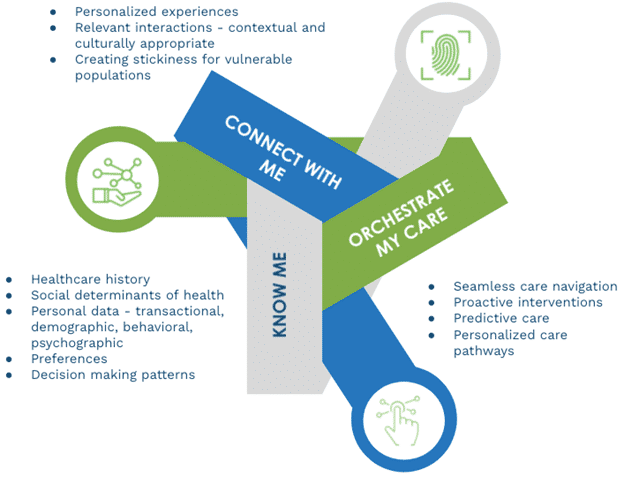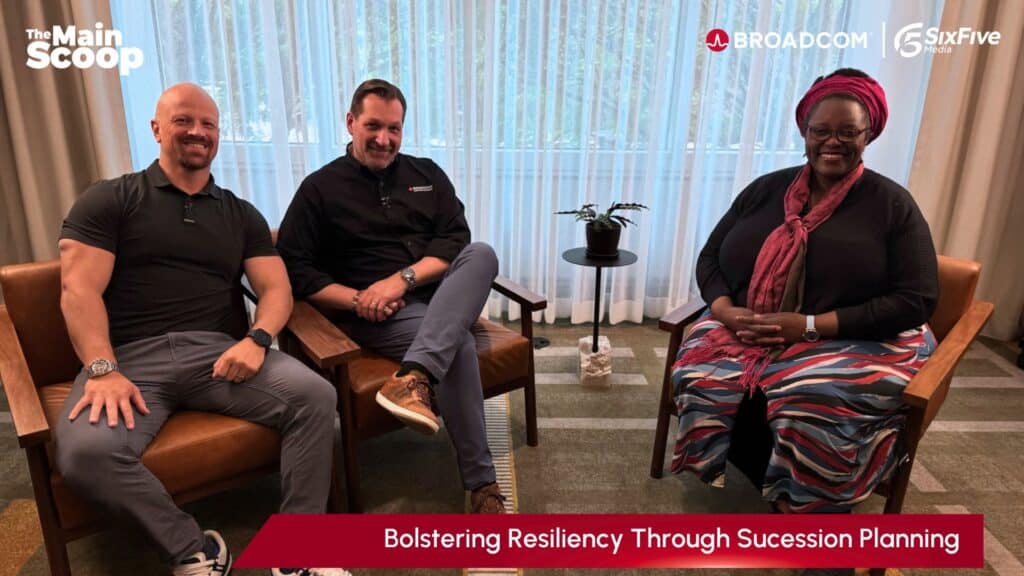Since 2008, the University of Utah Health (UTH) has listened to the voices of its patients. At that time, UTH laid down a challenge to its leadership to improve the patient experience with the call to action that medical care can only be great if the patient thinks it is. Five consistent themes have emerged since then as key to making a patient experience (PX) exceptional. Foremost among them are that patients want to be known, heard, and armed with a care plan that reflects that and includes their values. Also, it is important to them that their care is coordinated in an organized, efficient manner so that their needs are met. When all the elements are present, patients describe having confidence and trust in the care team, and loyalty to the health care system.
However, healthcare continues to perform poorly compared to other industries when it comes to delivering personalized experiences that healthcare consumers have come to expect, given their experiences in other industries. The 2020 Consumer Experience Index report found that healthcare consumers constantly struggle with their healthcare experiences, with almost two-thirds (62%) feeling the healthcare system feels like it is set up to be confusing. Many report that the care they receive does not treat them as humans, and that finding a provider who takes the time to understand them is challenging. Over half (53%) have the impression they are being treated as an incident, not a person, when receiving care.
AVIA, a digital transformation partner for healthcare organizations that provides market intelligence, collaborative tools, and consulting, finds that health systems are leaning into hyper-personalized care as they seek to prevent customer leakage and related revenue loss through enhancing the patient experience and increasing loyalty. By doing so, Avia has identified three building blocks in health systems’ strategies for building the data foundation that enables them to develop an “n-of-1” view of each patient, and ultimately enables them to provide proactive communications and marketing customized to individual needs.
The three building blocks are:
- Knowing the individual through understanding the consumer across disparate data points (e.g., transactional, demographic, behavioral, psychographic, care history, social determinants of health, communication preferences, decision-making patterns, perceptions about healthcare).
- Connecting with the individual by creating a consumer-facing experience that recognizes each individual on the basis of unique preferences and care needs, and activates their engagement with the health system across service functions.
- Creating personalized pathways and seamless care interactions at various touch points on the basis of understanding, anticipating, and addressing individual care needs, promoting health and wellness goals, improving health outcomes, and increasing loyalty.

AVIA recommends that health systems implement a comprehensive, enterprise technology infrastructure if they are to effectively develop the data and communication infrastructure capabilities that would allow them to deliver hyper-personalized care. Organizations that operate at the highest level of hyper-personalized care would gain significant benefits through the potential to realize:
- 360-degree view of the consumer
- A personalized, integrated consumer app that recommends content and provides assistance with navigation
- Individually curated marketing and clinical content designed to activate patients in their care
- Personalized text, chat, and voice interactions based on personal technology preferences and behaviors
- A personal health calendar with a unified longitudinal view of patient care appointments and recommended care actions
- Self-optimizing data models and algorithms that continuously update the underlying models to provide real-time dashboards and recommendations
- Persistent navigation across modalities and settings
Author Information
Andrew Broderick is a Senior Analyst contributing to Dash Research’s CX Advisory Service as well as Dash Network’s ongoing editorial coverage of Healthcare CX and Patient Experience. Based in San Francisco, Broderick has more than 20 years’ experience in technology research, analysis, and consulting, including an extensive background in digital health technologies and business practices.






